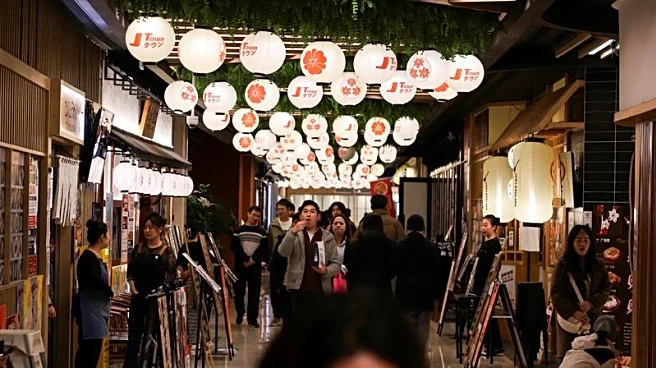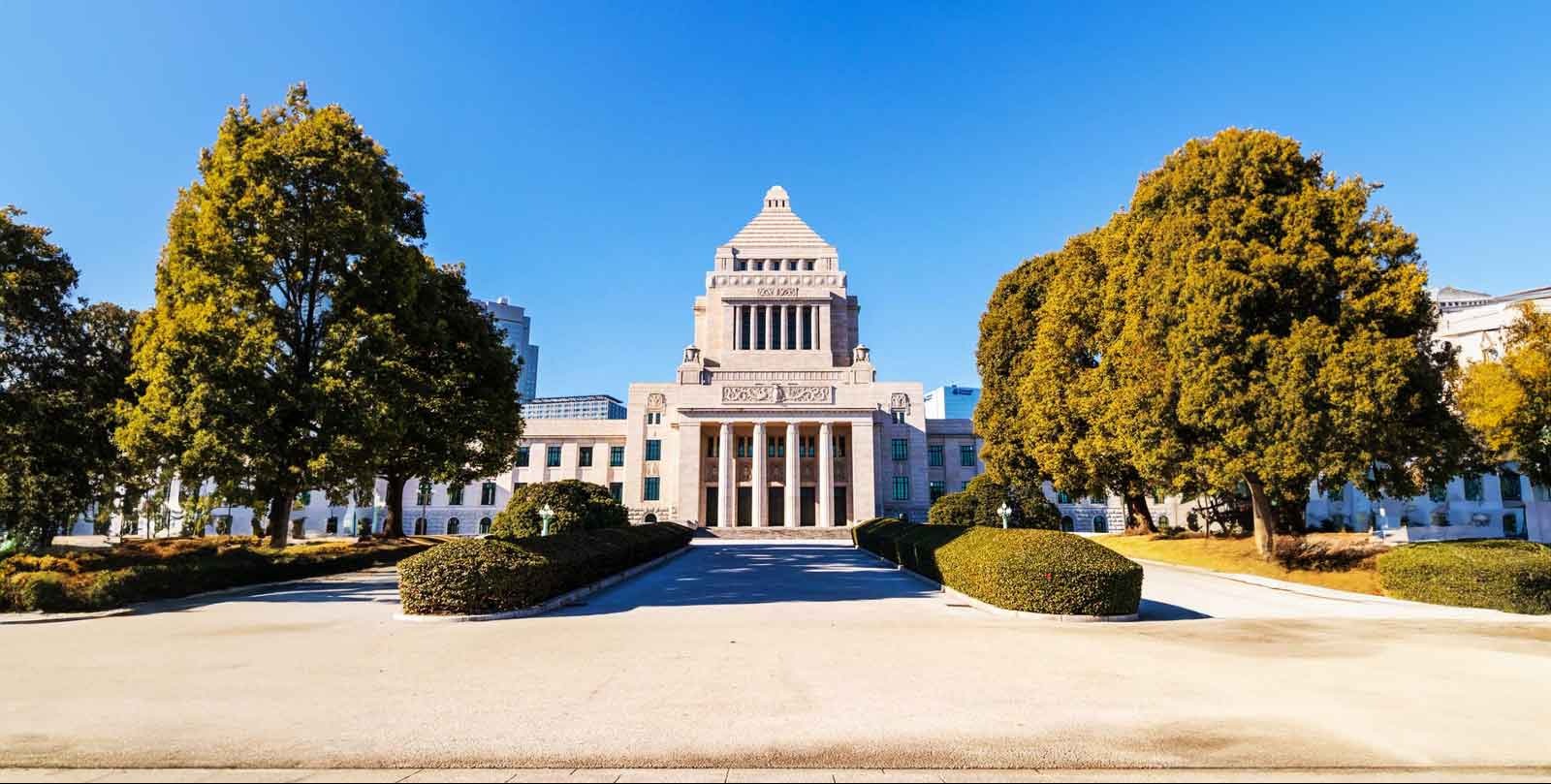What's Happening?
Japan is nearing the approval to restart the Kashiwazaki-Kariwa nuclear power plant, the world's largest, for the first time since the 2011 Fukushima disaster. Hideyo Hanazumi, governor of the Niigata
region, has approved the partial restart, pending further approvals from the prefecture's government assembly and Japan's nuclear regulator. The plant's restart is part of Tepco's business reconstruction plan following the Fukushima meltdown, which led to widespread evacuations and shutdowns of nuclear reactors across Japan. The decision reflects a shift towards increased atomic energy use to reduce fossil fuel dependence.
Why It's Important?
The potential restart of the Kashiwazaki-Kariwa plant signifies Japan's strategic move towards nuclear energy as a means to achieve net zero carbon emissions. This decision could influence global energy policies, especially in countries seeking sustainable energy solutions. However, it also raises concerns about safety and public trust in nuclear energy, given the historical context of the Fukushima disaster. The outcome of this decision could impact Japan's energy landscape and its role in international climate commitments.
What's Next?
The governor's decision will be discussed in December at a prefectural government assembly, where further approvals are required. The plant's restart could face opposition from residents and environmental groups concerned about safety and Tepco's management. The outcome of these discussions will determine the future of nuclear energy in Japan and potentially influence global nuclear energy policies.














